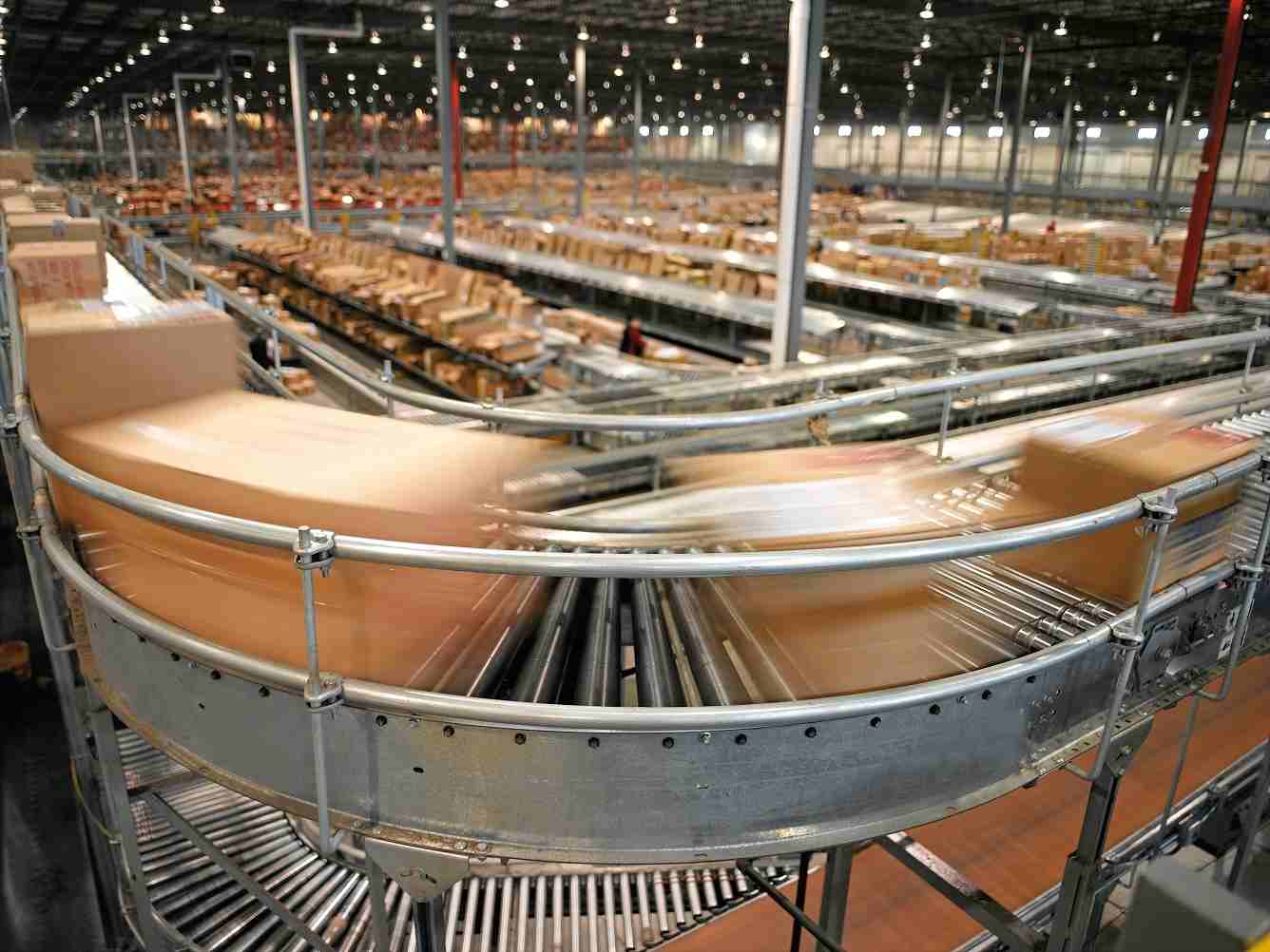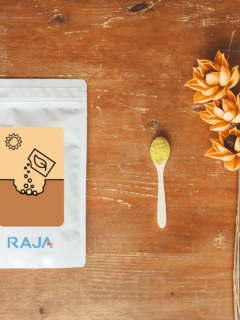As a logistics manager or director, your daily objective is to ensure that operations relating to your goods run smoothly. From the production phase of the product to its transport, packaging and storage, you have a number of elements to keep an eye on.One concept can help you: logistics flows! You need to optimise them in order to gain productivity in your value chain. In this article, find out about the different types of logistics flows as well as the keys to optimising their management on a day-to-day basis.
What is a logistics flow?
A logistics flow is the sum of all the processes and activities that take place from the manufacture of a product to its marketing. Thus, your company’s logistics flows include the different phases of the logistics chain, i.e. procurement, storage, distribution, distribution, distribution and distribution
- Internal logistics flows, also known as “production flows”, include all activities related to the product production network, in particular the movement of raw materials and components, but also the transformation, manufacturing and handling processes.
- External logistics flows include two types of flows: on the one hand, supply flows (i.e. everything relating to the circulation of materials and consumables linked to the production of products); on the other hand, distribution flows (i.e. the circulation of finished products, from the warehouse to the end customer).
in day-to-day logistics management, different strategies for organising these flows are also differentiated, including the following flow management strategies
- Push” flows: in this case, products are manufactured according to the demand forecast by the company.
- Pull” flows: in this case, products are only manufactured if there is a concrete demand from a customer.
- Just-in-timeflows: in this case, raw materials and/or finished products are only supplied to the company when there is a customer order.
- Synchronous flows: with this strategy, raw materials and components are ordered as the production process of the finished product progresses.
it is up to the logistics manager to consider the benefits of each of these strategies, and to choose the one that best suits the company’s value chain, in order to ensure smooth and seamless flow management.
Why optimise your logistics flows?
As a logistics manager, it is in your interest to optimise your logistics flows on a daily basis. Why? Because good management of your flows allows you to
- Increased productivity of your logistics function and your company as a whole: the more intelligently your logistics flows are managed, the more efficiently your company produces and distributes products, the more productive you become.
- Better stock management: By optimising your flows, you will avoid the risk of overstocking or stock outs.
- Reduced waste: If you can clearly trace the route your products take from procurement to delivery, you can identify where you are wasting resources (whether financial, human or material).
- Cost reduction: Optimising the management of these flows means identifying waste or loss of performance which will lead you to identify new ways to improve the way your company’s budget is spent.
- A better customer experience. With truly optimised logistics flows, your products are delivered optimally on time (without production or order errors), which will satisfy customers who are increasingly concerned about the quality of the services they receive!
discover the 4 steps to optimise your customer experience thanks to delivery
How to optimise the management of your logistics flows?
Discover a few techniques and tools that will enable you to improve your logistics organisation by optimising the management of your daily flows.
Mapping your logistics flows
First of all, in order to understand how your current transport and logistics strategy works, it is advisable to map your logistics flows. To do this, use the following tools the Value Stream Mapping techniquethis consists of representing in diagram form the flows that enable your product to be created and distributed, indicating the different stages and processes involved. It is thanks to this mapping that you will be able to highlight, among other things, the following
- Your production, order preparation, transport and distributiontimes;
- Quality throughout your supply chain: order errors, damaged products, manufacturing defects;
- The use of the resources you make: financial resources, raw materials, human resources;
- The flow of information needed to make your supply chain work.
une fois vos flux cartographiés, vous pouvez repérer les éléments qu’il vous sera possible d’optimiser tout au long de votre chaîne de valeur.
Par exemple, il est possible que vous repériez des soucis de productivité dans votre phase de transport (avec des délais de livraison très longs). Vous pourriez alors choisir de mener un appel d’offres pour trouver un nouveau prestataire de transport plus efficace.
Autre exemple : admettons que vous repérez que vos opérations font souvent des erreurs lors de la phase de picking en préparation de commandes. Vous pouvez alors décider de revoir vos processus de picking pour limiter ces erreurs.
Utiliser la technologie pour mieux suivre et piloter vos flux logistiques
La technologie logistique et supply chain actuelle peut également vous être d’une grande aide pour gérer vos flux au quotidien.
Dans un premier temps, dotez-vous d’ un ERP (ou Enterprise Resource Planning ). Il s’agit d’un
logiciel
qui permet degérer toutes les activités de v














